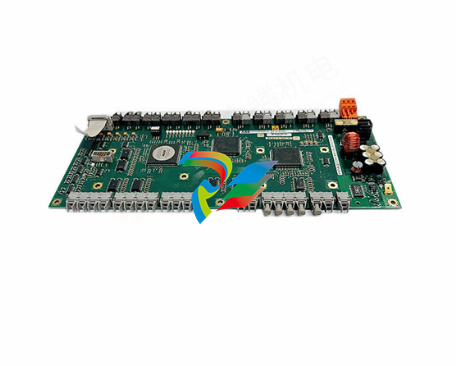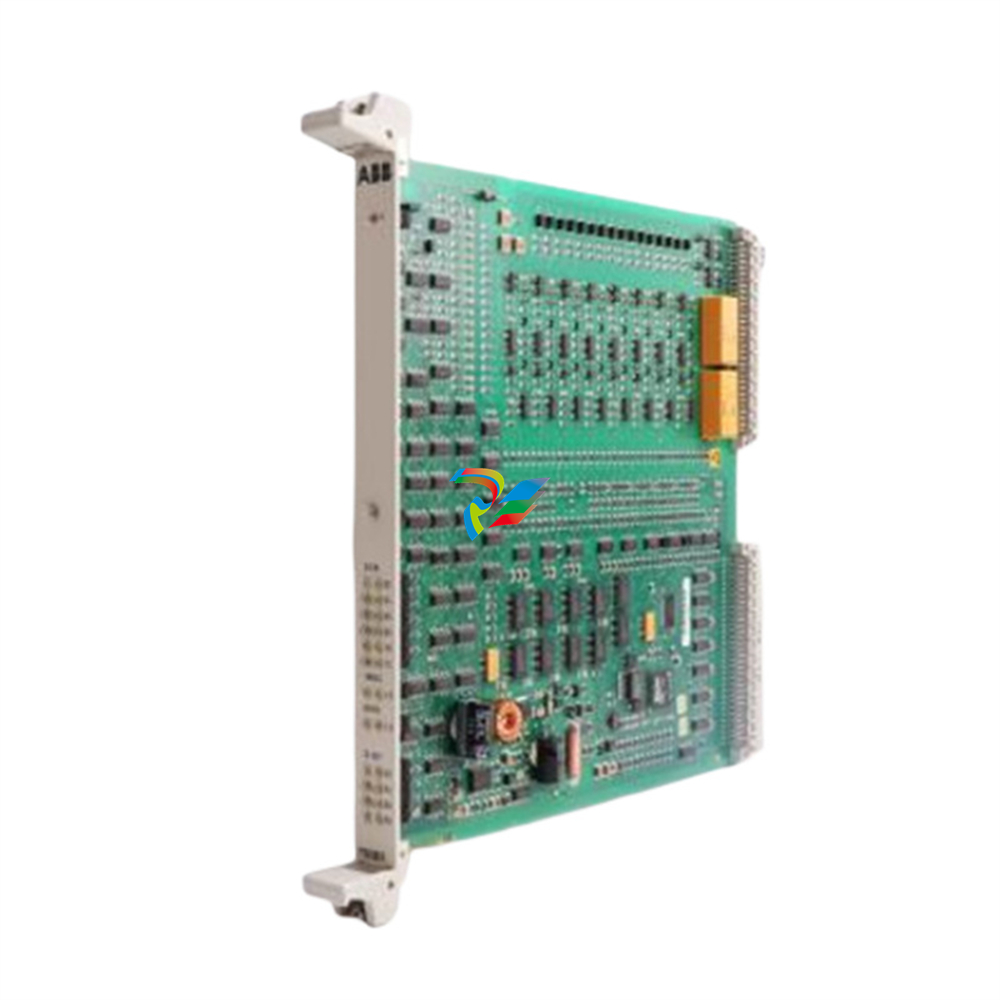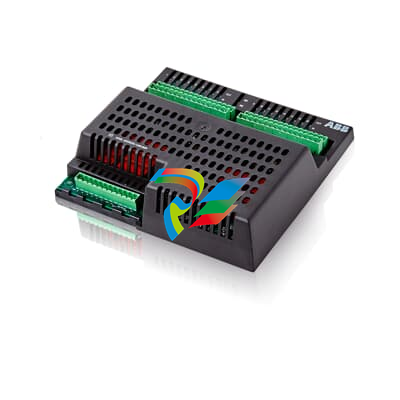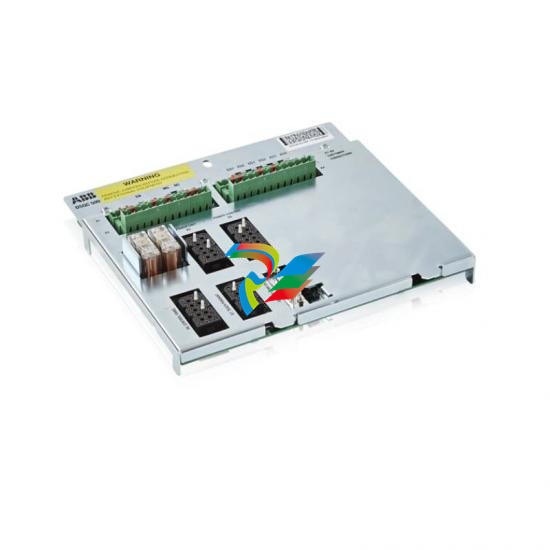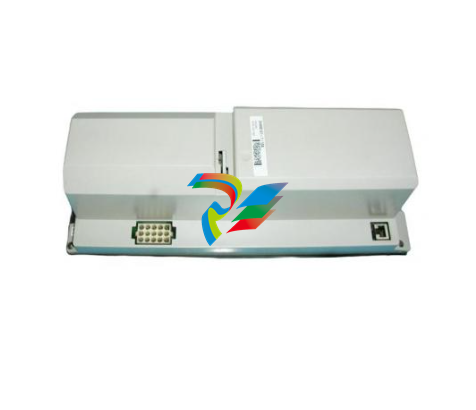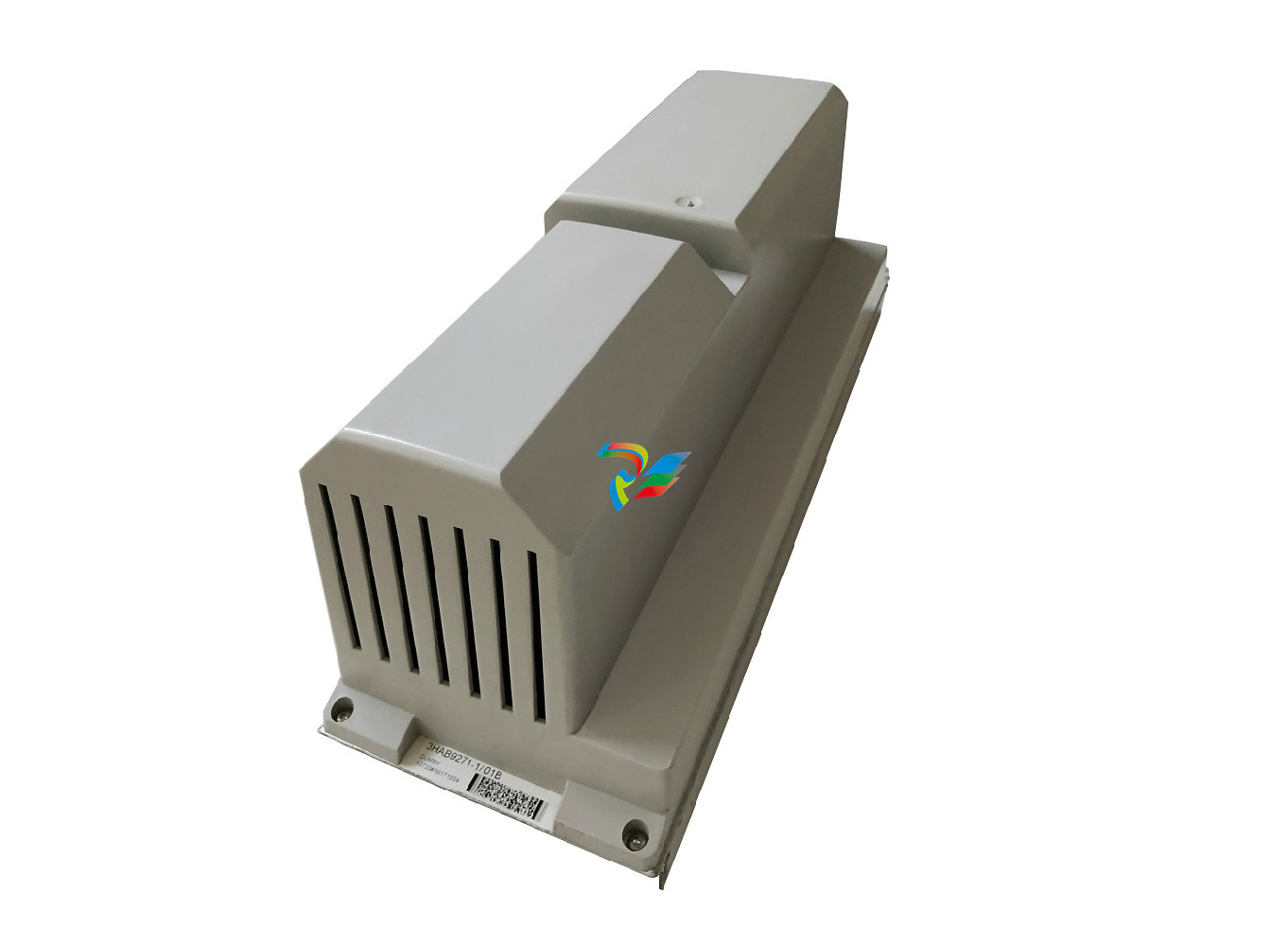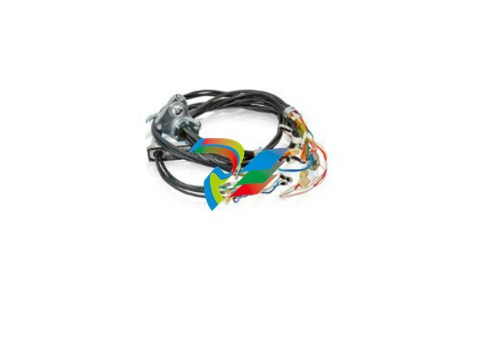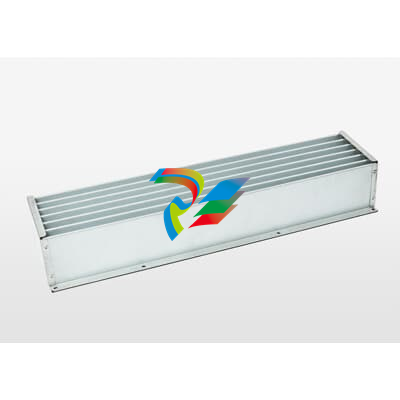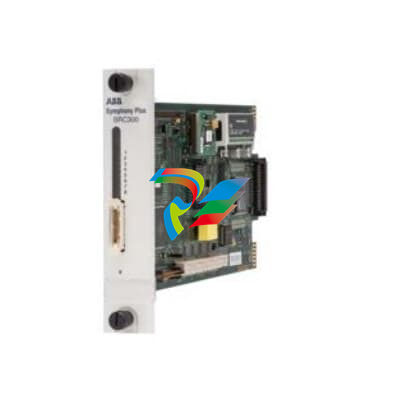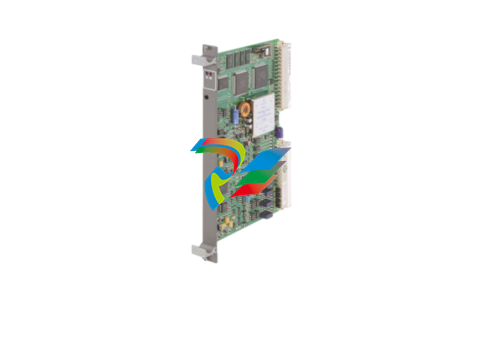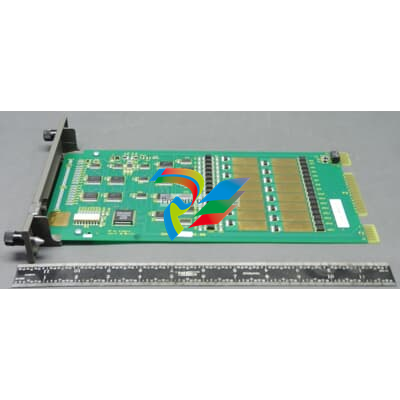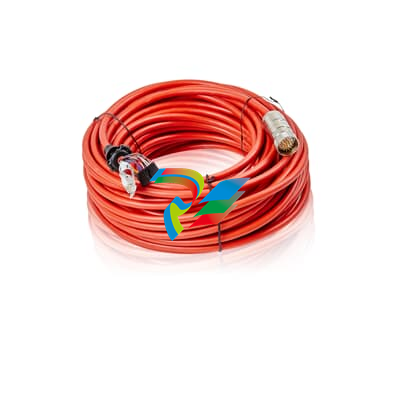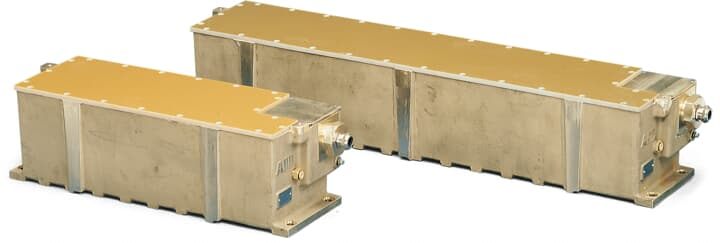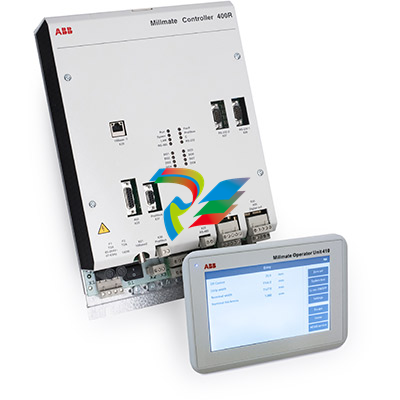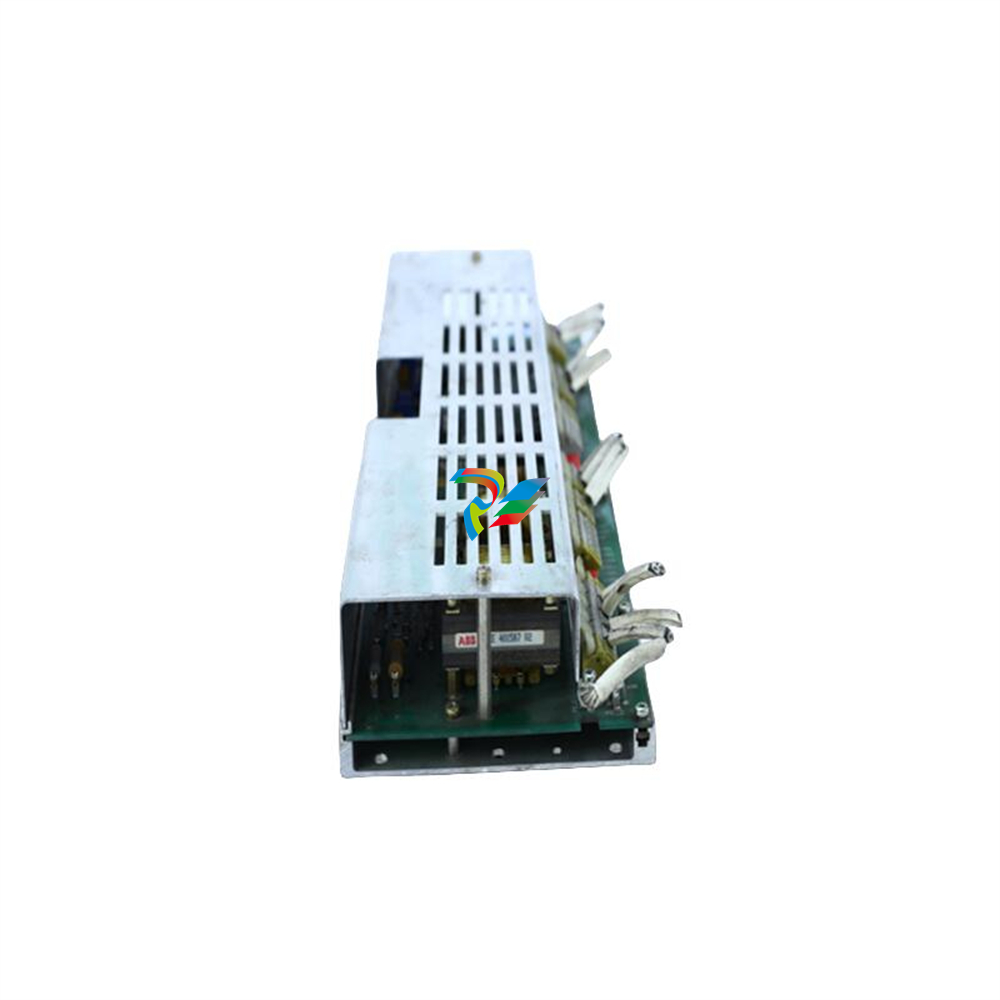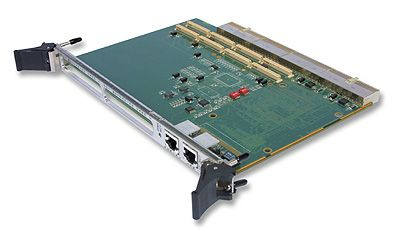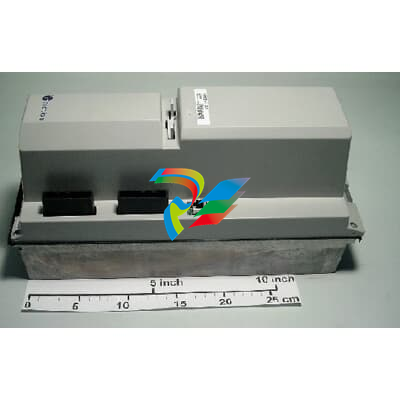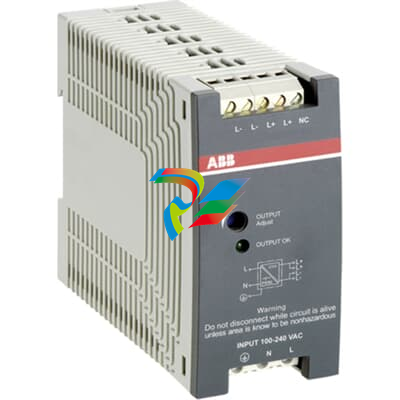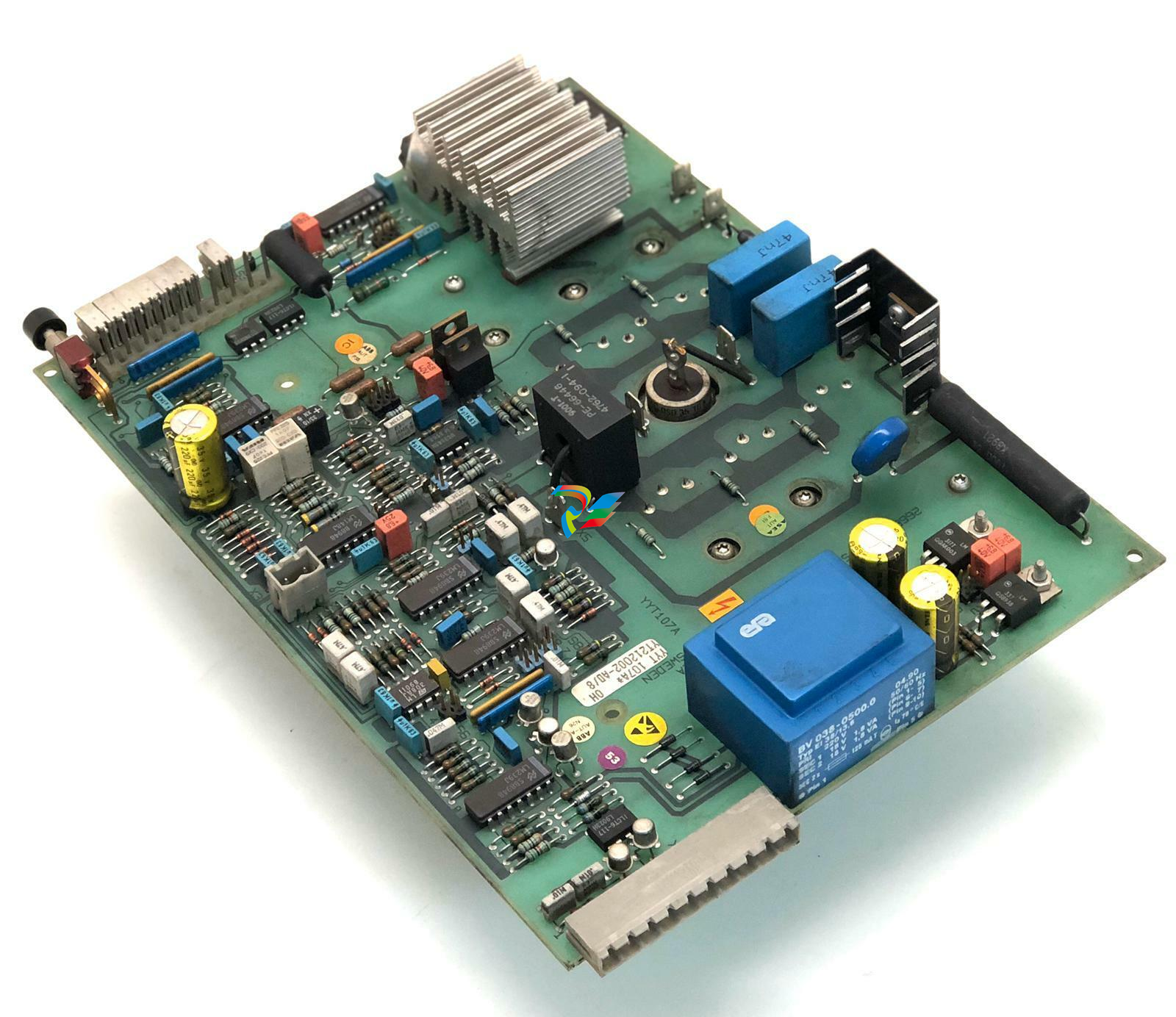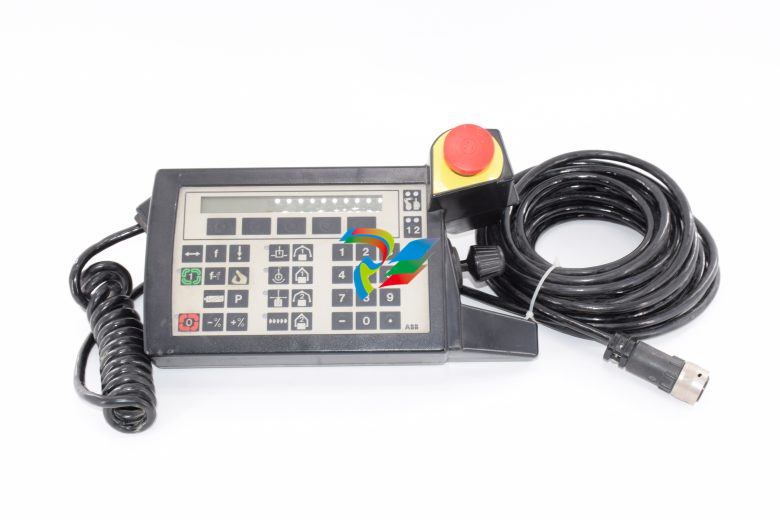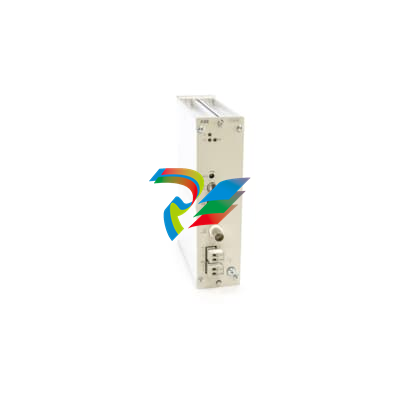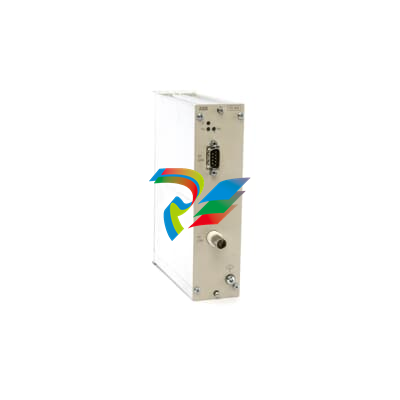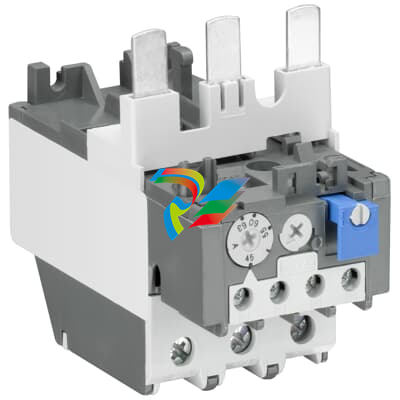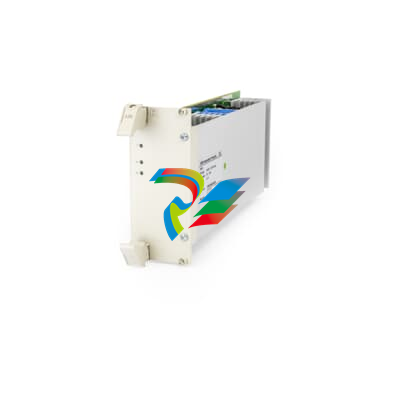
GE Energy Mark* VIe Control Product Description
Introduction
Mark* VIe is a flexible control system for multiple applications. It features highspeed, networked I/O for simplex, dual, and triple redundant systems. Industrystandard Ethernet communications are used for I/O, controllers, and supervisory
interface to operator and maintenance stations, and third-party systems.
ToolboxST* is used for Mark VIe and related controls as a common software
platform for programming, configuring I/O, trending, and analyzing diagnostics. It
provides a single source of quality, time-coherent data at the controller and plant
level for effectively managing equipment assets.
Architecture
A single-board controller is the heart of the system. It includes the main processor
and redundant Ethernet drivers for communicating with networked I/O and
additional Ethernet drivers for the control network. A QNX® real-time, multitasking
operating system is used for the main processor and I/O. Application software is
provided in a configurable control block language, and is stored in non-volatile
memory. It conforms to IEEE-854 32-bit floating-point format.
IONet is a dedicated, full-duplex, point-to-point protocol that provides a
deterministic, high-speed 100 MB communications network suitable for local or
remote I/O with a fiber interface. It provides communication between the main
processor(s) and networked I/O blocks, called I/O packs.
100 MB Ethernet is used for
communication to local and
remote I/O packs. The IONet
is available in single, dual,
and triple configurations.
Each I/O pack is mounted on a board with barrier or box-type terminal blocks. The
I/O pack contains two Ethernet ports, a power supply, a local processor, and a data
acquisition board. Computation power grows as I/O packs are added to the control
system, enabling an overall control system frame rate of 10 ms in simplex, dual, or
triple redundant configuration. Some process sub-systems require even more
performance; therefore, the local processors in each I/O pack run algorithms at
higher rates as required for the application.
Redundancy
Every application has different requirements for redundancy depending on the
importance of the process. Mark VIe provides a wide range of redundancy options
that can be supplied in virtually any combination and mounted local or remote. Some
of these redundancy options include:
• Power sources and supplies single, dual, and triple
• Controllers (main processor) single, dual, and triple
• I/O network redundancy single, dual, and triple
• I/O packs per terminal board single, dual, and triple
• Ethernet Ports / I/O pack single or dual
System Architecture
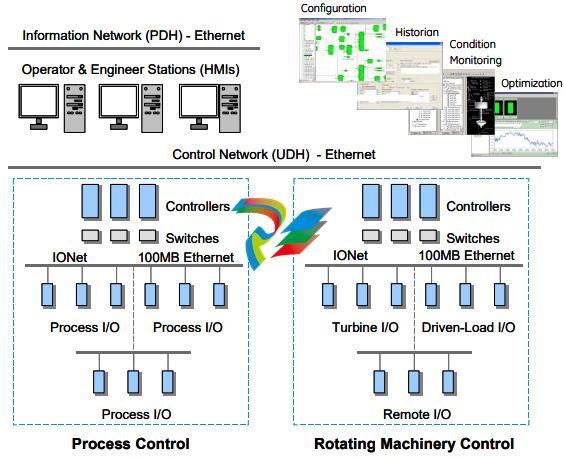
Controllers are continuously online and read input data directly from IONet. Dual
redundant systems transmit inputs from one or redundant I/O packs on dual IONets
to dual controllers. Outputs are transmitted to an output I/O pack that selects either
the first healthy signal or the signal of choice. Three output packs can be provided to
vote output signals for mission-critical field devices.
Dual redundant systems can be configured for single, dual, and triple sensors. Their
dual internal networks and controllers keep the process online if a controller or
power supply fails. Triple redundant systems are available to protect against soft or
partial failures of devices that continue to run but with incorrect signals/data.
These systems out vote a failed component with a 2-out-of-3 selection of the signal.
Application software in all three controllers runs on the voted value of the signal
while diagnostics identify the failed device. These sophisticated diagnostics
minimize the mean-time-to-repair (MTTR) while the on-line repair capability
maximizes the mean-time-between-forced-outages (MTBFO). Field sensors for these
systems can be single, dual, or triple.
A second controller can be provided to separate the application software for different
pieces of equipment. For example, a core engine control for an air-fuel governor can
run in one controller while a second controller can be dedicated to auxiliary control.
Note Every I/O pack communicates directly on IONet, which enables each I/O pack
to be replaced individually without affecting any other I/O in the system. Also, the
I/O pack can be replaced without disconnecting any field wiring.
I/O Interface
One or multiple I/O packs are mounted on each board to digitize the sensor signal,
perform algorithms, and communicate with a separate controller that contains the
main processor. I/O packs have a local processor board that runs a QNX operating
system and a data acquisition board that is unique to the type of input device. Local
processors run algorithms at faster speeds than the overall control system.
An on-board temperature sensor
provides continuous monitoring of
the environment in remote


































































































